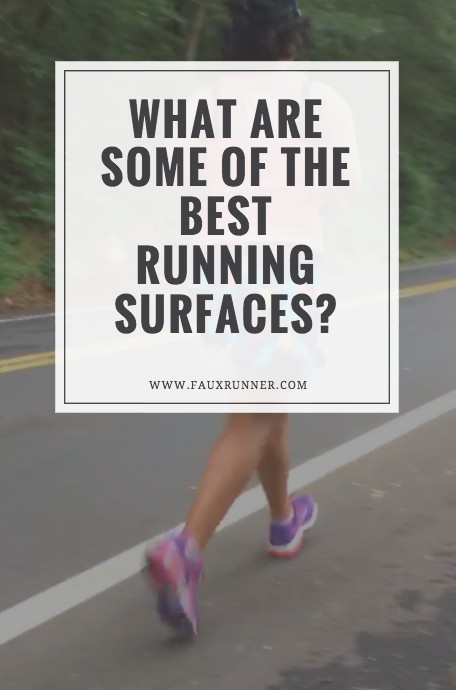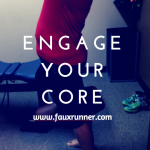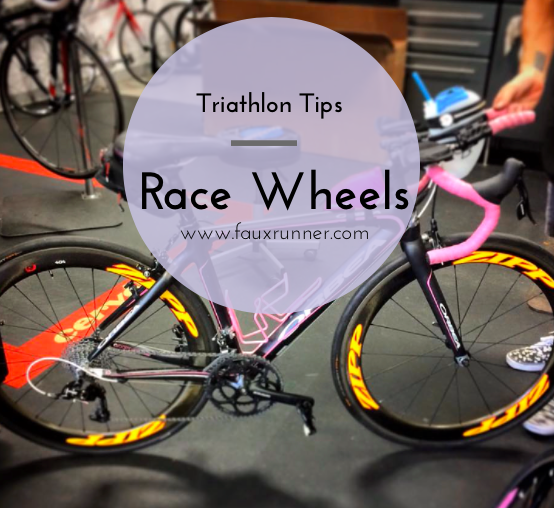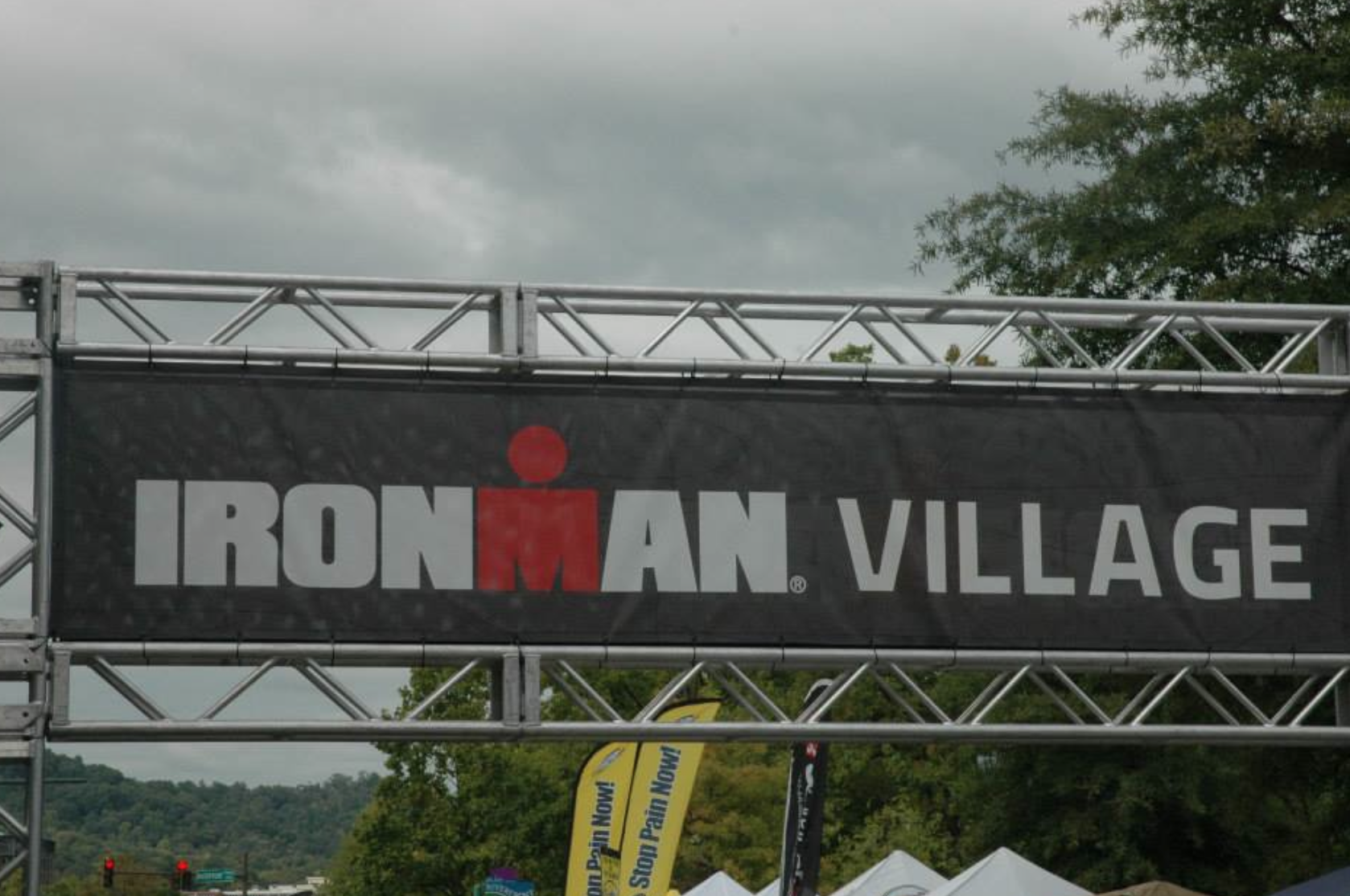Last week I ran with Barbara in midtown Atlanta and as we navigated uneven sidewalks with mix of dirt and concrete, I realized that it was my first run in many months that I had run on concrete sidewalks and definitely my longest run on concrete since mid-summer last year when I ran a 15 mile run with the group.
I gave up on running on sidewalks after I discovered the more convenient spots to run from and still get to work or more beautiful trails instead of the suburban jungle I live in. It’s not just the difference in scenery, but did you know that running surfaces can also impact the risk of injury? What are some of the best and some of the not-so-good surfaces to run on?

Soft Surfaces
The Track: A proper track (such as a college or high school track) is one of the best running surfaces as they provide a reasonably forgiving surface. The cons – running around in circles without a specific workout can be extremely boring; believe me, I ran 7 miles on the track last week and after 4 miles I had to promise myself “just 1 more lap” and repeat.
Treadmill: Although many runners call it the dreadmill, I’ve always embraced it for lunchtime runs, single mom runs and also for the cushioning it provides. Check out some tips on how I keep myself mentally going on the treadmill http://www.fauxrunner.com/2015/02/treadmill-running-tips.html
Smooth dirt trail: My personal favorite – One of the best options that lets you explore nature and the un-evenness of the trail works all your muscles. Even though it is fun to play in the dirt, watch out for wet and slippery trails that can potentially cause you to hurt yourself.
Hard Surfaces
Asphalt street: The surface of most road races, asphalt is pretty difficult to avoid running on. But even though it is hard, it is slightly better than concrete. I run a lot on a 5 mile asphalt loop, but these are much better than concrete sidewalks! You do have to watch out for the camber (slant in the road) that can play havoc with hips and IT band.
Concrete sidewalk: Concrete delivers the most shock of any surface to a runner’s legs. but concrete sidewalks tend to be easily accessible.
Hard sand/beach: Similar to asphalt and concrete, beaches often have slanted or banked surfaces that can aggravate your biomechanics. If and when you do run on the beach, be sure to wear shoes to avoid stepping on a sharp shell or rock that you may not be able to see hiding in the sand. Trail shoes are often helpful when running in the sand.
We don’t always have control over what kind of surface to run on – the need to stay close to home might drive you to run on concrete/asphalt, the lack of a nearby track or dirt trails might not provide you the soft surface you need. You can compensate for these by choosing shock absorbing shoes.
What kind of surfaces do you run on? What is your favorite surface?








